Norwegian cabin concept frames views across the Hardangervidda National Park
Up 30 roof steps of the Gartnerfuglen Arkitekter designed cabin will reveal panoramic views of a lake and plains AS FEATURED IN THE WALLPAPER* DESIGN AWARDS 2020 ISSUE
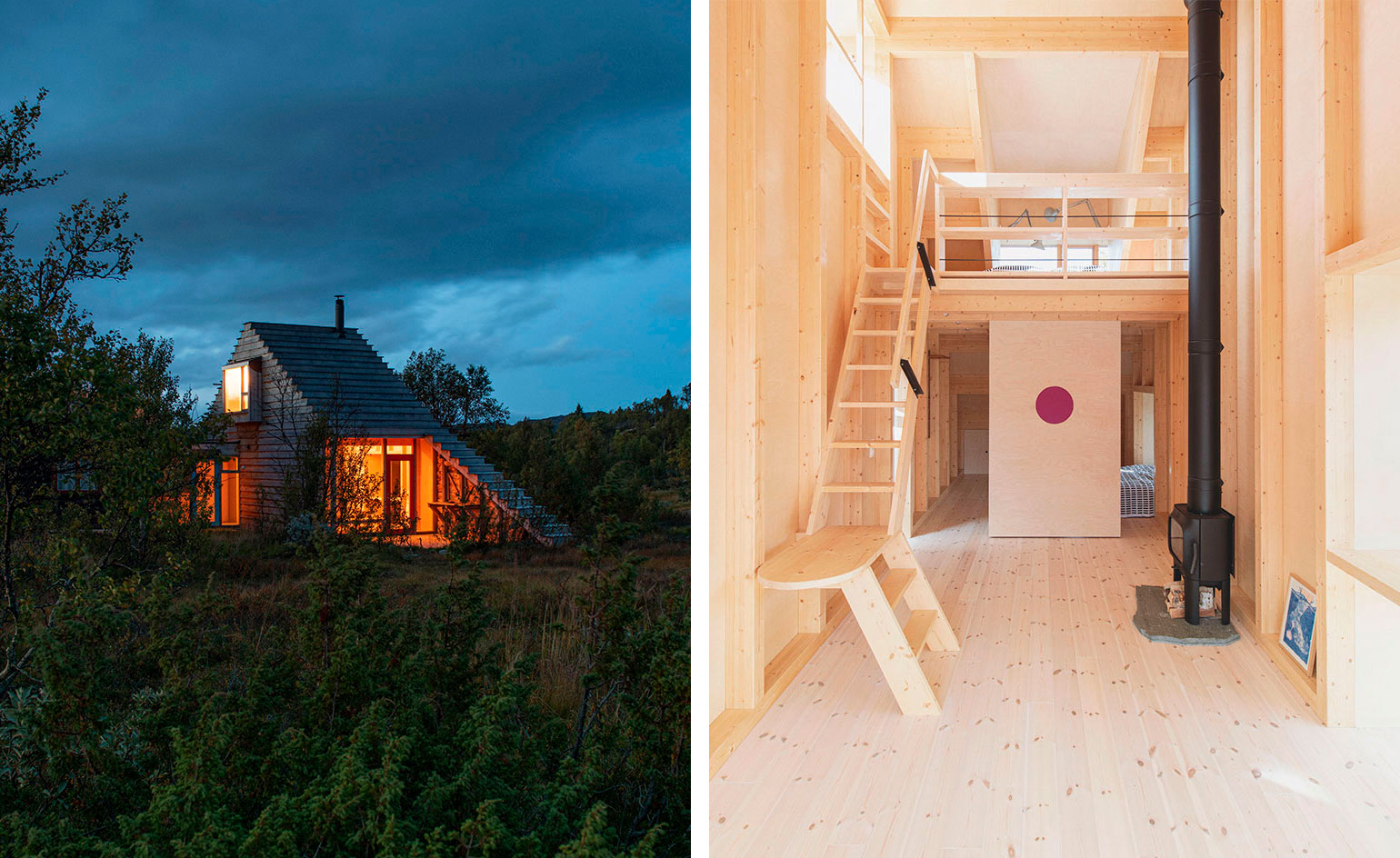
Ivar Kvaal - Photography
Typologically hovering between a folly, a house and a viewing platform, this new cabin in the barren, treeless moorlands of the Hardangervidda National Park in Norway seems to be many things rolled into one. Designed by Gartnerfuglen Arkitekter, a young Oslo-based architecture studio headed by Astrid Rohde Wang, Ole Larsen and Olav Lunde Arneberg, Thunder Top is the first cabin to complete by the dynamic trio.
Created for a client with a growing extended family of children and grandchildren, the structure sits on the plot of an existing holiday cabin built in the 1980s in the traditional Telemark region vernacular style. Adapting the original building to accommodate the increasing numbers of its occupants, the architects designed a new structure within a simple triangular outline, featuring a stepped timber roof. Going up those thirty roof steps unveils a panoramic view of the nearby lake and plains. The facades are clad in ore-pine, (a type of cured pinewood) known for being one of the region’s oldest and most hardwearing construction materials – and leaving the hardwood untreated makes for an extra sturdy and largely maintenance-free exterior.
AS FEATURED IN THE WALLPAPER* DESIGN AWARDS 2020 ISSUE
The interior is effectively one big, double-height room, which is attached to the older structure by a glass corridor that squeezes in a wardrobe and a utility sink. The extra space is used as a family hobby room, a weekend office or just a place to relax and be inspired by the views.
The idea is that this humble cabin will slowly become at one with its environment. ‘As everything put here, from the outside, it is slowly appropriated by nature,’ says Rohde Wang. ‘The cabin is an inhabitable beacon, a man-made peak in the rolling fells of Hardangervidda, worn down by glaciers during the ice age.’
INFORMATION
Wallpaper* Newsletter
Receive our daily digest of inspiration, escapism and design stories from around the world direct to your inbox.
Ellie Stathaki is the Architecture & Environment Director at Wallpaper*. She trained as an architect at the Aristotle University of Thessaloniki in Greece and studied architectural history at the Bartlett in London. Now an established journalist, she has been a member of the Wallpaper* team since 2006, visiting buildings across the globe and interviewing leading architects such as Tadao Ando and Rem Koolhaas. Ellie has also taken part in judging panels, moderated events, curated shows and contributed in books, such as The Contemporary House (Thames & Hudson, 2018), Glenn Sestig Architecture Diary (2020) and House London (2022).
-
 Marylebone restaurant Nina turns up the volume on Italian dining
Marylebone restaurant Nina turns up the volume on Italian diningAt Nina, don’t expect a view of the Amalfi Coast. Do expect pasta, leopard print and industrial chic
By Sofia de la Cruz
-
 Tour the wonderful homes of ‘Casa Mexicana’, an ode to residential architecture in Mexico
Tour the wonderful homes of ‘Casa Mexicana’, an ode to residential architecture in Mexico‘Casa Mexicana’ is a new book celebrating the country’s residential architecture, highlighting its influence across the world
By Ellie Stathaki
-
 Jonathan Anderson is heading to Dior Men
Jonathan Anderson is heading to Dior MenAfter months of speculation, it has been confirmed this morning that Jonathan Anderson, who left Loewe earlier this year, is the successor to Kim Jones at Dior Men
By Jack Moss
-
 The dream of the flat-pack home continues with this elegant modular cabin design from Koto
The dream of the flat-pack home continues with this elegant modular cabin design from KotoThe Niwa modular cabin series by UK-based Koto architects offers a range of elegant retreats, designed for easy installation and a variety of uses
By Jonathan Bell
-
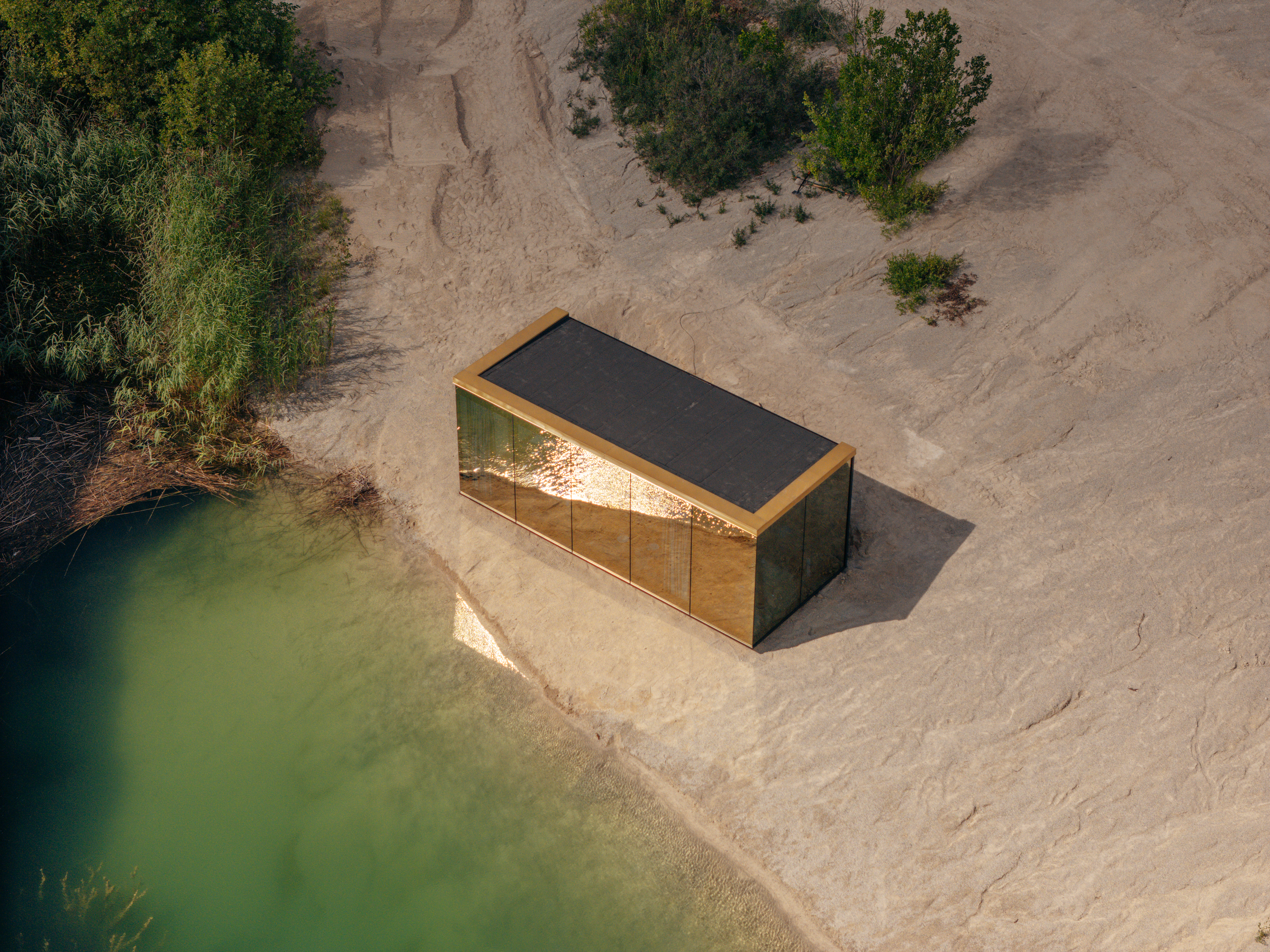 Tour this Estonian tiny home with big ambitions
Tour this Estonian tiny home with big ambitionsÖÖD Golden House, a new Estonian cabin concept, promises to offer a compact design for small and perfectly formed escapes
By Emma O'Kelly
-
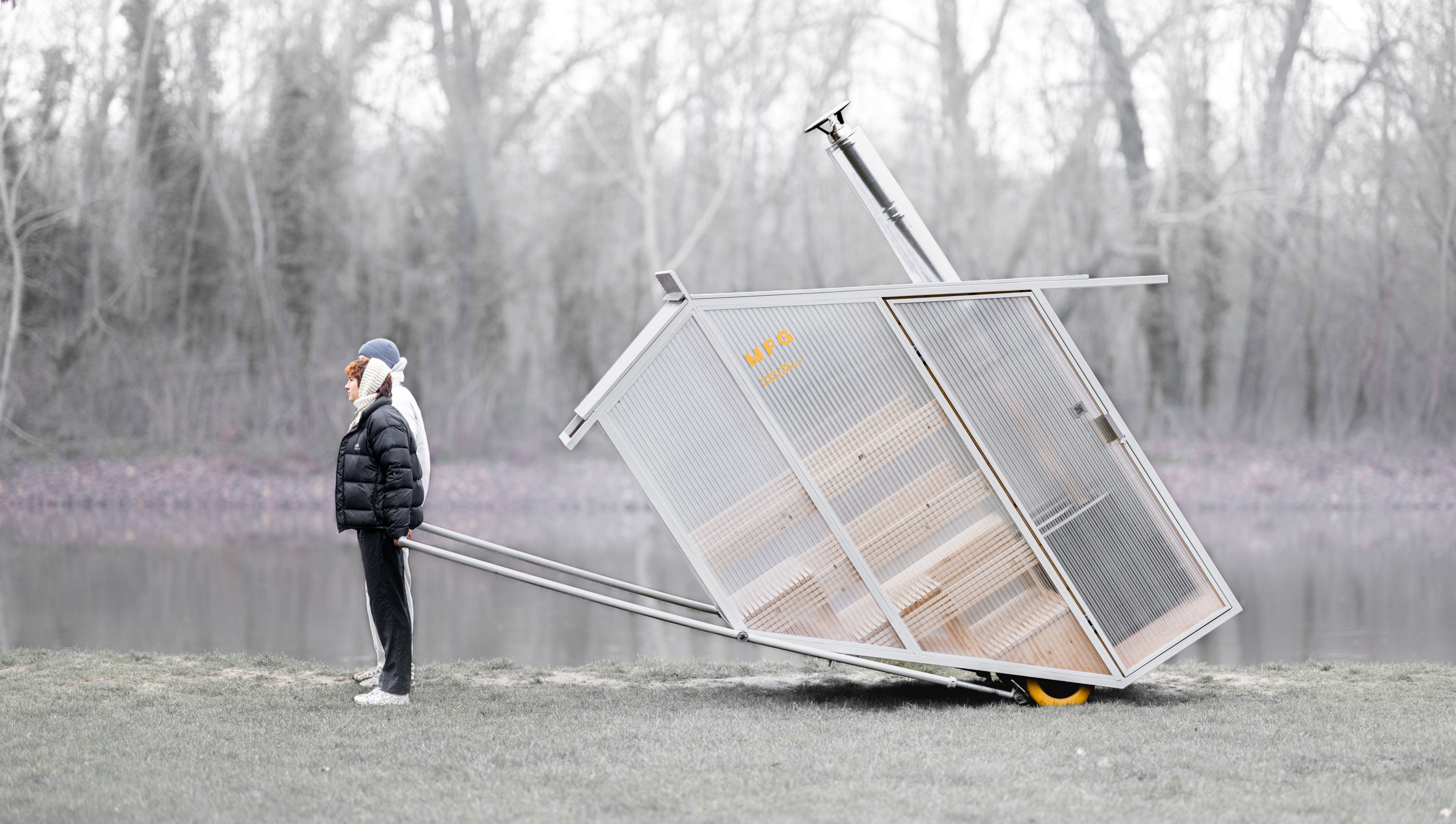 The heat is on: mobile sauna heralds a new breed of experimental hot boxes
The heat is on: mobile sauna heralds a new breed of experimental hot boxesEmma O’Kelly explores the emerging world of mobile sauna design in Germany, Norway and the UK, where new design approaches are taking this ancient practice into the modern era
By Emma O'Kelly
-
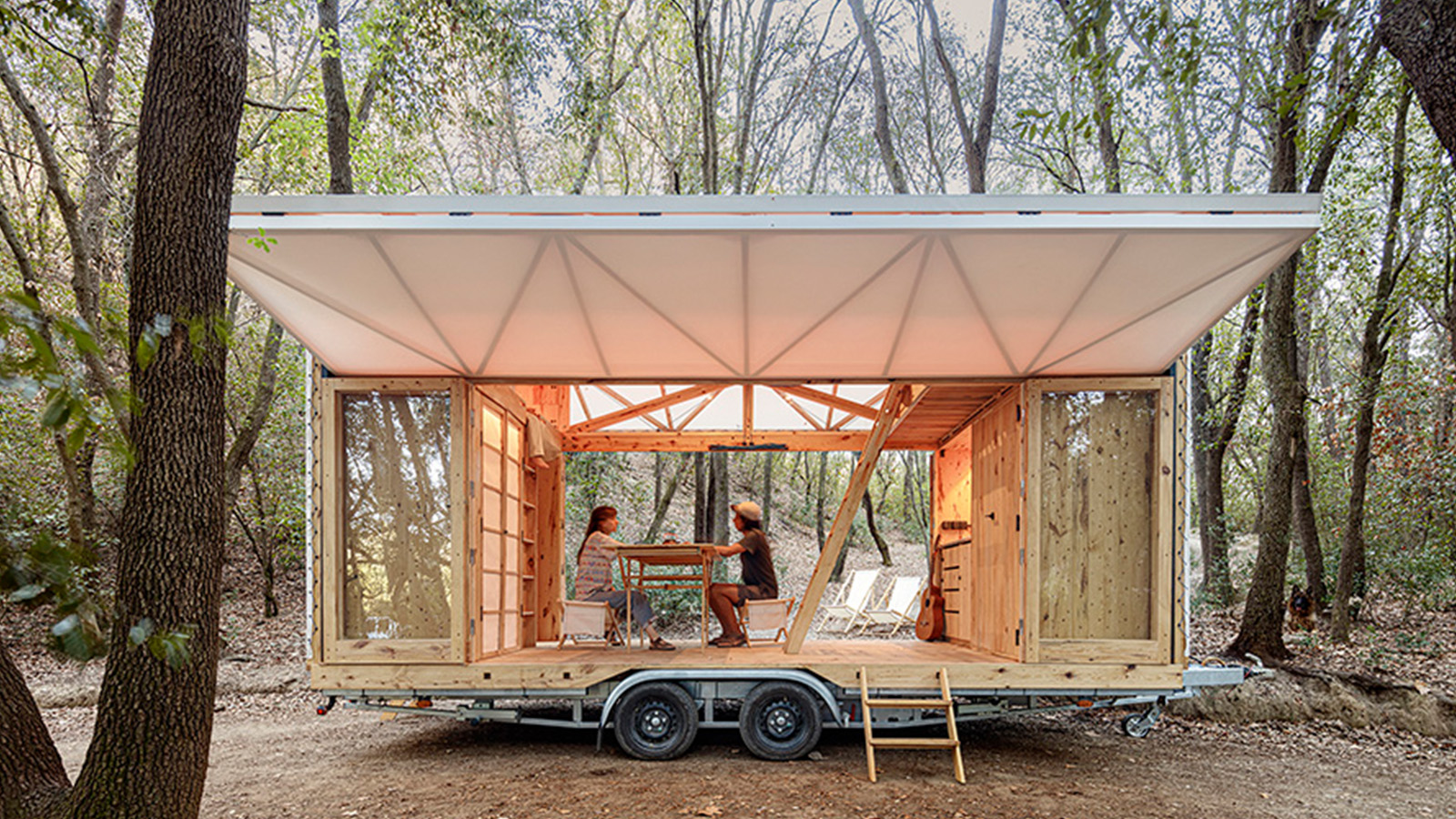 MOCA is a self-sufficient mobile home offering freedom to work (and roam)
MOCA is a self-sufficient mobile home offering freedom to work (and roam)MOCA (Mobile Catalyst) is a sustainable mobile home designed by the Institute for Advanced Architecture of Catalonia, and taking remote working to a new level
By Tianna Williams
-
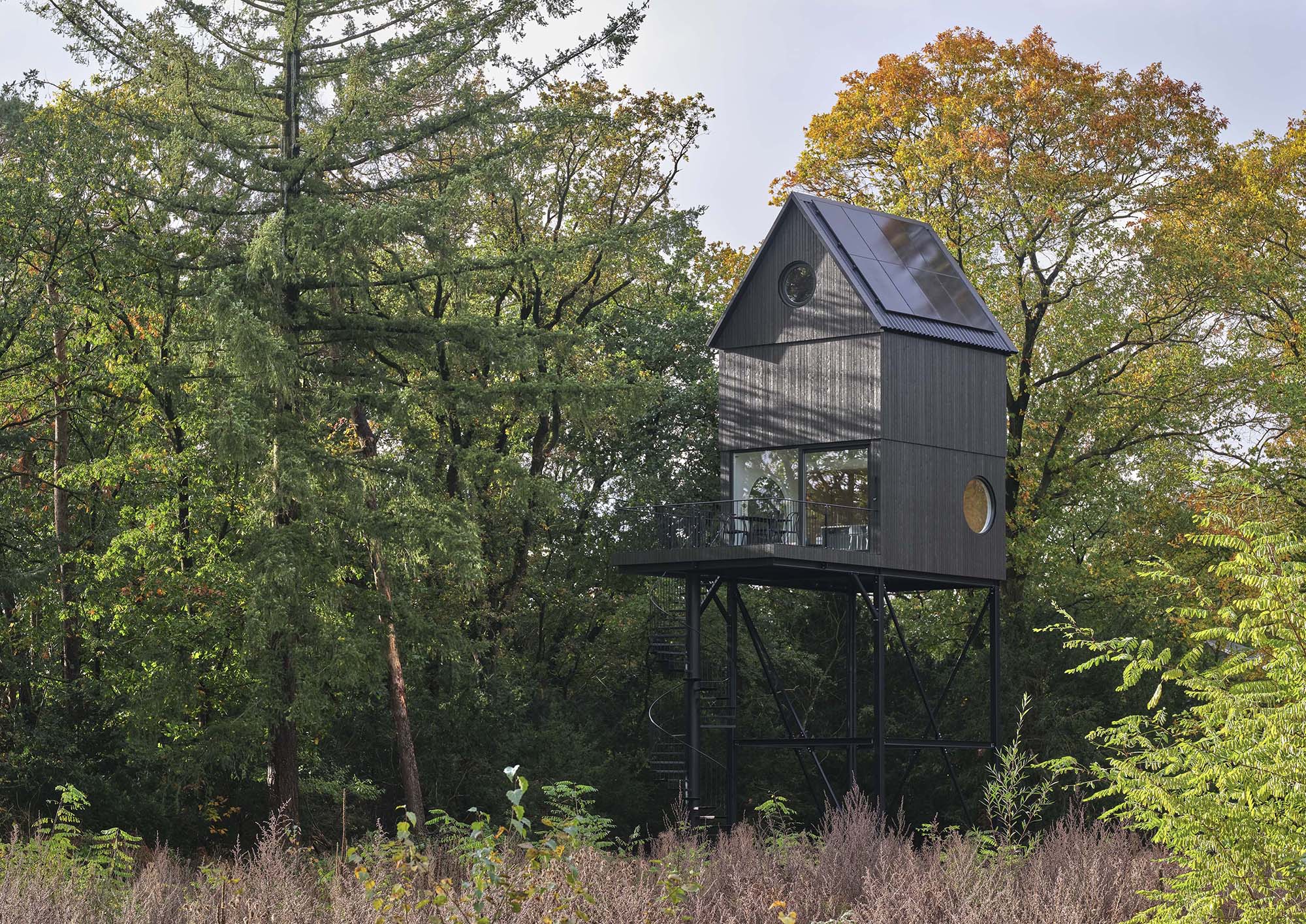 A nest house in the Netherlands immerses residents in nature
A nest house in the Netherlands immerses residents in natureBuitenverblijf Nest house by i29 offers a bird-inspired forest folly for romantic woodland escapes in the Netherlands
By Ellie Stathaki
-
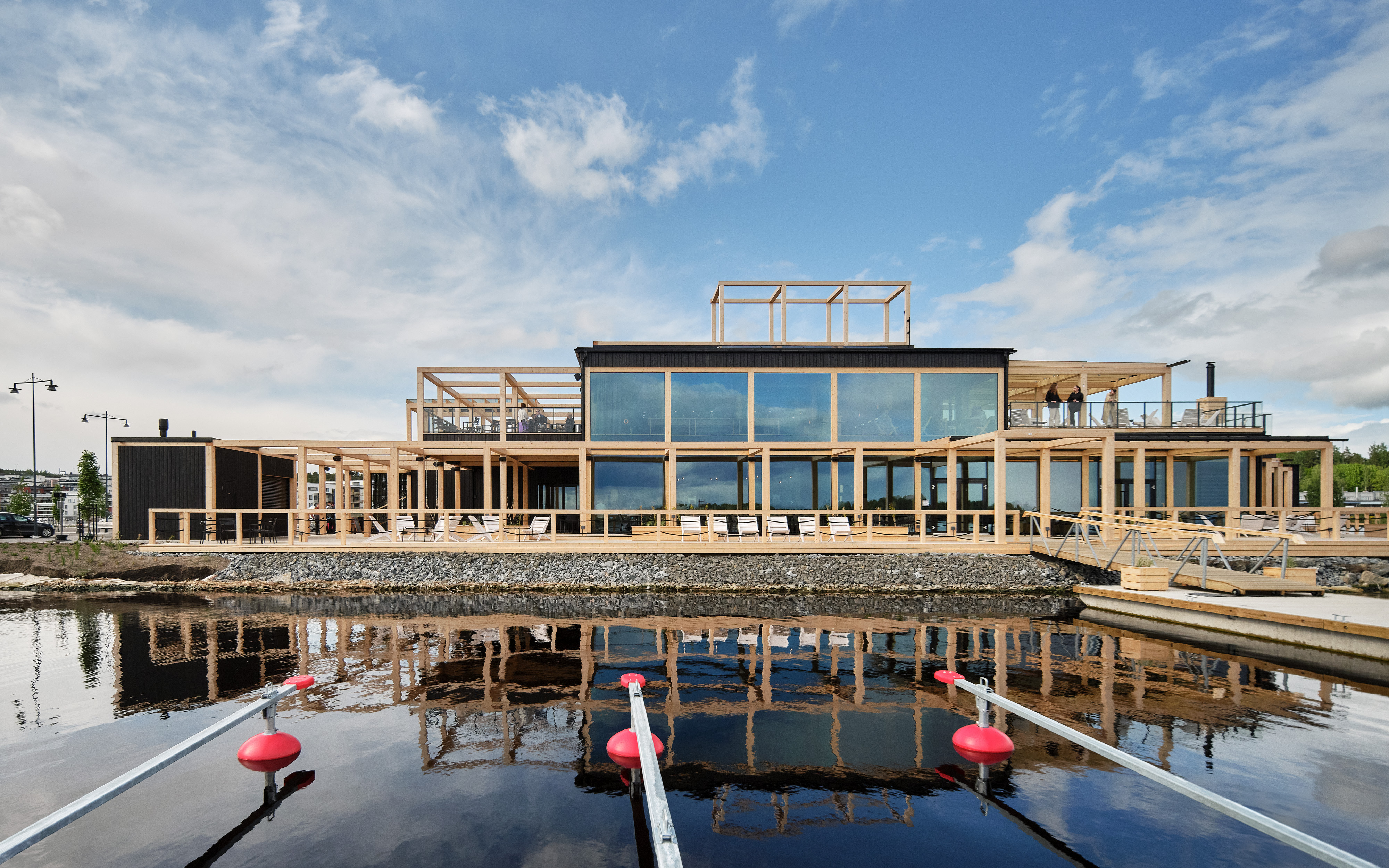 Is this the shape of wellness architecture to come?
Is this the shape of wellness architecture to come?Explore the future of wellness architecture through trends and case studies – from a Finnish sauna restaurant to UK cabins and a calming Canadian vet clinic
By Emma O'Kelly
-
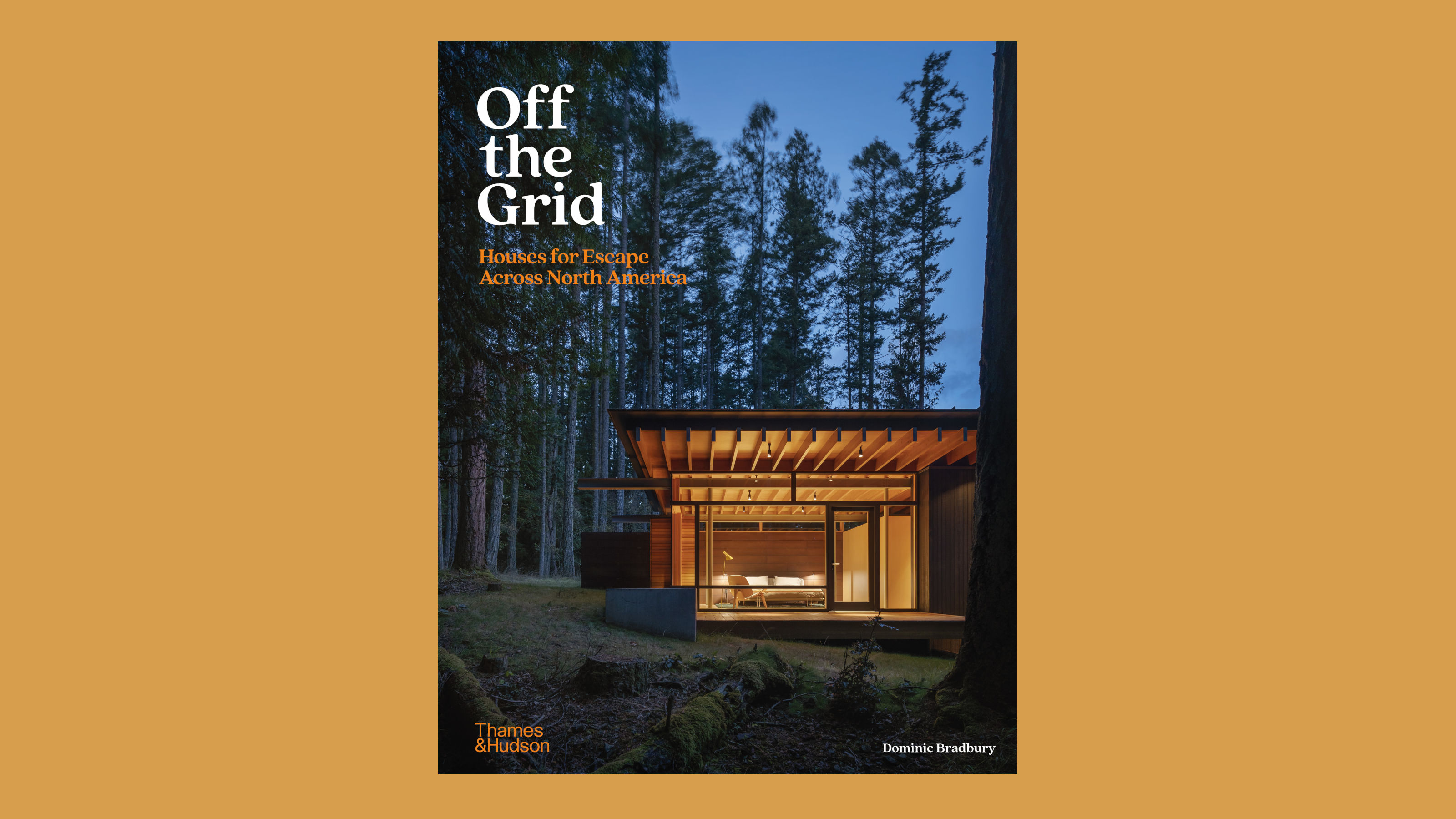 ‘Off the Grid’ explores remote but refined homes in North America
‘Off the Grid’ explores remote but refined homes in North America‘Off the Grid’, Dominic Bradbury’s new book, is a richly illustrated chronicle of new residential design in far-flung locations across North America
By Jonathan Bell
-
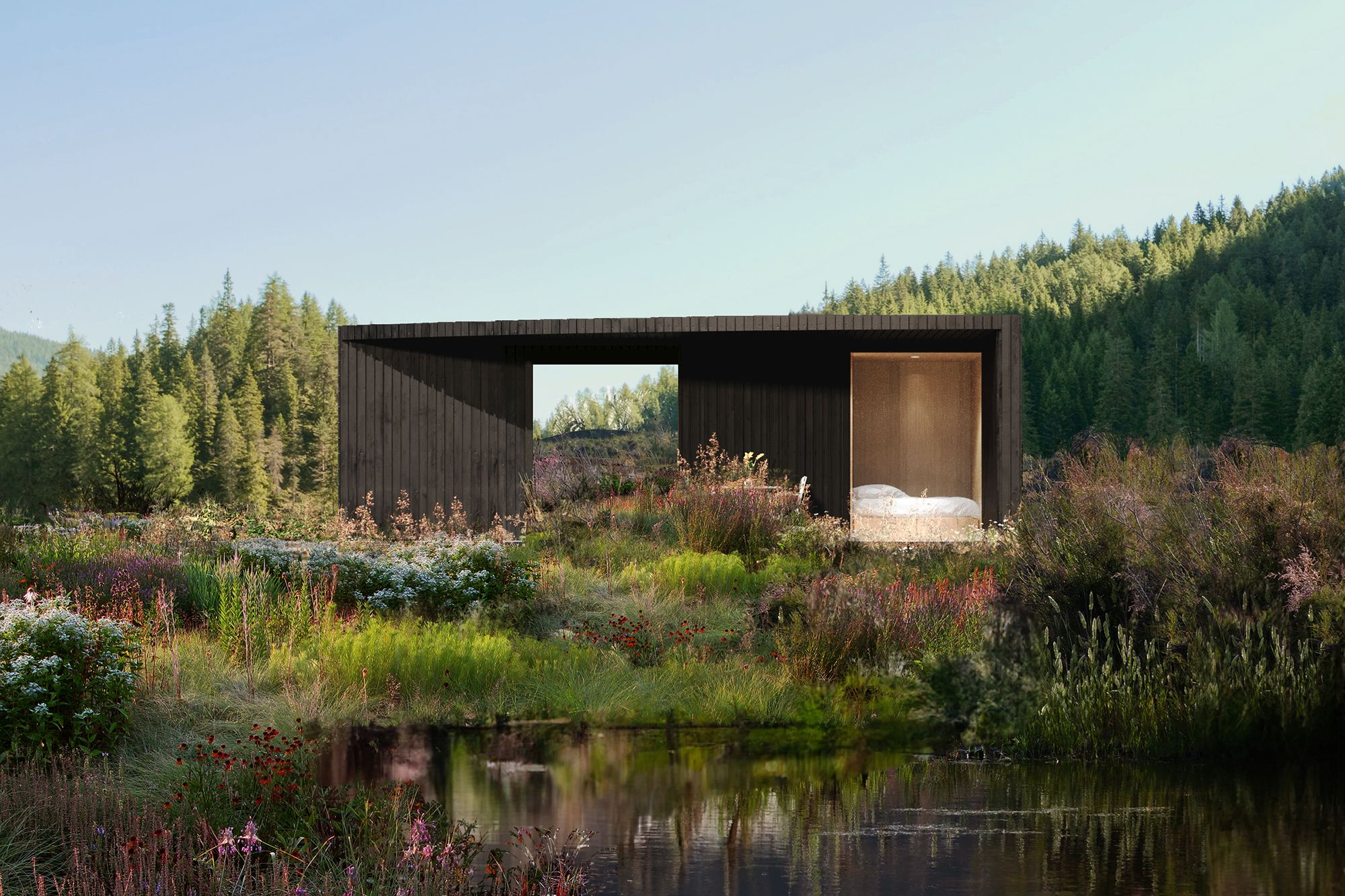 Câpsula, a series of tiny homes, champions 'living large with less'
Câpsula, a series of tiny homes, champions 'living large with less'Câpsula, initiated by architecture studio i29, brings together tiny homes, wellness and a design-led approach at Dutch Design Week 2023
By Ellie Stathaki